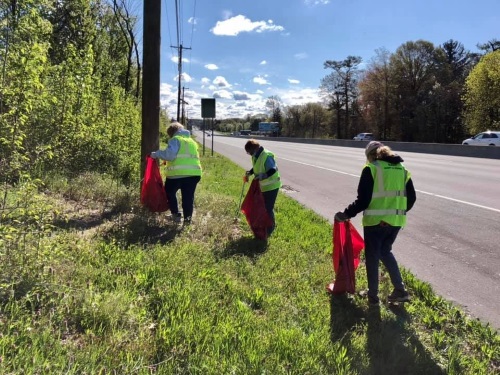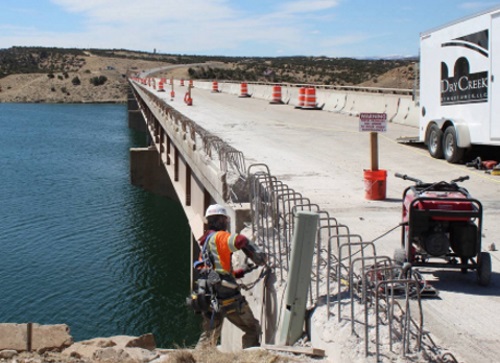FEDERAL ACTION
AASHTO Updates Key Surface Transportation Priorities – AASHTO Journal
Bipartisan Problem Solvers Caucus backs Senate infrastructure deal, calling for House vote – CBS News
Business groups, unions join together on infrastructure plan – AP
Senate eyes taking up bipartisan infrastructure deal as soon as July 19 – The Hill
The rocky road ahead for the House surface bill – Politico
PHMSA Seeks Ideas to Improve Safe Hazmat Transportation – Transport Topics
COVID-19
Sen. Rand Paul vows to repeal federal mask mandate for passengers on flights – WLKY-TV
NEPA
Tree Thinning, The Federal Government and NEPA – How It All Works – The Good Men Project
INFRASTRUCTURE RESILIENCE AND SUSTAINABILITY
Caltrans Awards Funds for Sustainable Transportation Projects – AASHTO Journal
Solar Is Dirt-Cheap and About to Get Even More Powerful – Bloomberg Green
Gov. Signs Climate Change Bill to Protect Coastal Communities – WVIT-TV
LAX, Van Nuys Airport To Eliminate Plastic Water Bottles By June 30, 2023 – KCAL-TV
Environmental group sues Gulf, Shell over New Haven oil terminal concerns – New Haven Register
AIR QUALITY
Battery-powered trains could be a climate game changer. Is everyone all aboard? – Los Angeles Times
County plans to lower emissions to comply with Clean Air Act – Austin Monitor
Gov. Burgum wants to get North Dakota carbon neutral by 2030. It’s a tall task. – Grand Forks Herald
ENVIRONMENTAL JUSTICE
ATCMTD Grants Include Racial Equity, Environmental Factors – AASHTO Journal
The Gender Divide in Transport Is Starting to Crumble – CityLab
Memphis pipeline canceled after environmental justice feud – E&E News
NATURAL RESOURCES
Some locals say a Bitcoin mining operation is ruining one of the Finger Lakes. Here’s how. – NBC News
California lawmakers approve more than $60 million budget to fund wildlife crossing projects – KGO
In Wildfire Country, It’s Time to Lay Off the Fireworks – CityLab
Hawaii DOT Outlines Actions Taken To Protect Endangered Seabirds At Airports, Harbors – Hawaii Governor’s Office (Media release)
CULTURAL RESOURCES
Brad King: Tearing down some common myths about historic preservation – Muncie Star Press (Opinion)
HEALTH AND HUMAN ENVIRONMENT/ACTIVE TRANSPORTATION
GTC announces online bicycling map – Livingston County News
How a trail in rural Oregon became a target of far-right extremism – High Country News
Can ride-sharing technology change local transit? Seattle-area county testing app-based bus system – GeekWire
As infrastructure and transportation bills make their way through Congress, demand for e-bikes soar in the US – Greater Greater Washington
Love Them Or Hate Them, Fort Collins Is Going All-In On E-Scooters And Bikes – KUNC
Montgomery County Department of Transportation Commuter Services Participants Win Three Regional ‘Commuter Connections’ Awards – Montgomery County, MD (Media release)
TRB RESOURCES/ANNOUNCEMENTS
How Technology Can Create a More Sustainable and Resilient Transportation System – ITS America (Webinar announcement)
Webinar: The New Mobilities: Smart Planning for Emerging Transportation Technologies – ENO Center for Transportation
FEDERAL REGISTER NOTICES
Notice of Availability of a Draft Environmental Impact Statement for the Proposed Lake Ontario National Marine Sanctuary Announcement of Public Meetings; Request for Public Comments – Office of National Marine Sanctuaries (Notice)
Frequently Asked Questions on 911 Notifications Following Possible Pipeline Ruptures – Pipeline and Hazardous Materials Safety Administration (Notice; draft frequently asked questions)


